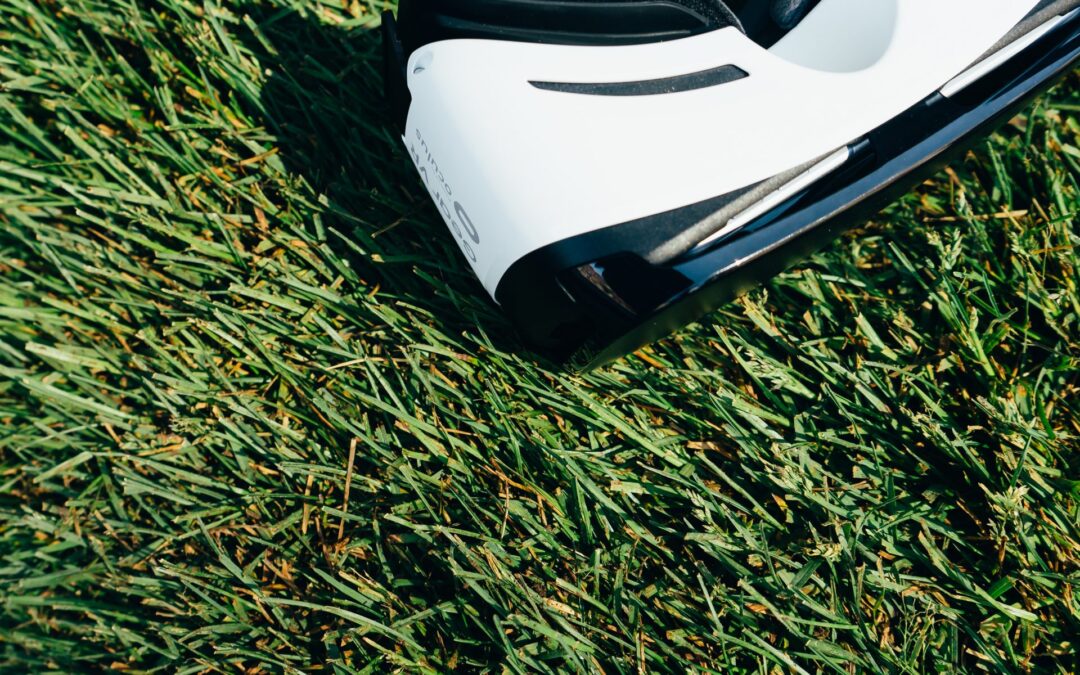Skilled commercial real estate brokers have vivid imaginations. They can walk into an old office building or unfinished retail space and picture all the possibilities: glossy new floors, modern furniture, the new elevator that opens out into a freshly-remodeled amenities space. The average tenant, however, lacks such imaginative powers. Even small, easy-to-fix issues like a bad paint job or dated lighting fixtures can put off potential leasees, making them walk away from an otherwise perfect space.
But what if a simple tool could allow the would-be tenant to see what the broker sees?
This is exactly what virtual reality (VR) technology allows. By wearing a VR headset, potential clients can look at a detailed and realistic 3D virtual world of what a finished office space will look like and take what feels like a physical, built-to-scale tour of the completed space.
Of course, VR isn’t exactly new in real estate. The residential market has been quick to adopt these new tools, as the New York Times reported last year. In fact, right here on the Radical Galaxy Studio website, visitors can explore realtime walkthrough animation examples for apartments and condos. And with a VR headset, these virtual environments can be made infinitely more experiential and interactive—bringing to life un-built architectural spaces.
But the commercial real estate space has lagged far behind the residential market. And because large commercial leasing brokers have been slow to adopt these new technologies, building owners are losing potential revenue while clients hesitate to sign on to a space that doesn’t yet look perfect.
With all that untapped potential, virtual reality is poised to become the next game changer in commercial real estate. After all, aside from fully finishing and furnishing a vacant space, virtual reality is the most effective way to let potential tenants see what they’d be getting. Virtual reality real estate tours, for example, allow cautious clients not only to visualize the final space but also actually move around it, interacting and experiencing every aspect of their future offices, from walking in the lobby to riding the express elevator.
In fact, virtual reality can give potential tenants an interactive, game-like experience. Beyond moving in, out, and around buildings, VR tools allow users to see how the light might change from day to night, and even review different floor plans and design options, swapping out the layout of a floor and moving objects around.
Despite these benefits, in our opinion no large commercial real estate broker has stepped up as of yet to take the lead in the industry with VR technologies. Some of the more innovative companies have taken small steps, creating content for Oculus Rift, Windows Mixed Reality, and other VR headsets and viewers, including those created for use with iPads and mobile devices. Cushman & Wakefield, for example, created a 360 video to give virtual reality real estate tours of Costa Mesa’s Park Tower. Construction companies too have begun to employ VR technologies to help clients visualize finished projects. However, these projects remain, for the most part, case-studies. The first large broker to fully invest in VR marketing has the opportunity to attract clients and claim the market for this value-added service.
The challenge, at the moment, is that the cost of VR technology can seem high at first glance, especially for the more advanced, immersive experiences. Yet because VR tools are so effective at marketing properties, they can quickly and easily recoup their up-front costs. A $10,000 VR project, for example, costs far less than leaving vacant a $50,000-per-month office space. In addition, prices for VR tools are dropping quickly as innovations ramp up and scale. Pioneering entrepreneurs who invest in VR technology now will be positioned to profit in the not-too-distant future. Goldman Sachs projects that by 2025, VR will become a $2.6 billion market in real estate alone.
This means that soon, potential tenants will simply come to expect VR technology as a matter of course. And property owners too will expect their commercial real estate brokers to employ VR tools, demonstrating their commitment to showcase the buildings in innovative ways that attract the best prospective clients to the properties.
Since it’s only a matter of time before VR will become de rigueur in commercial real estate, forward-thinking property owners and brokers are already embracing these tools, integrating them into their business practices today. Those businesses that fail to adopt and adapt to VR now will likely get left behind.





